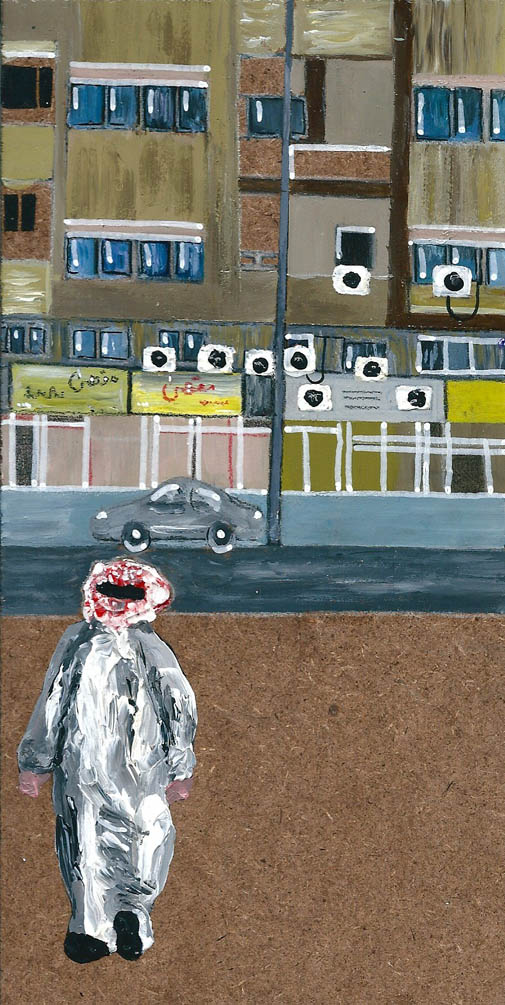By
Abdullah Ali
![]()
There
is an epidemic occurring in Kuwait. An epidemic of “I’m not bothered to read.”
To be quite frank, even us university students, most of the time don’t bother
reading. I’ve honestly passed through a few classes without even opening a
book.
That
is the sad truth, we don’t read. Personally, I have countless books that I wish
to get through, intrigued to read; a whole stack on my desk. But even so, with
all the university work piled up on our shoulders and other things I wish to do
(mainly drawing and learning digital art), I seem to barely find any time to
simply sit down and read. And when it happens, oh boy, do I savor the moment. A
rare occurrence indeed.
Something
enlightening happened the past summer though. Being stuck in traffic or
spending most of my precious time on the road, I got tired of my music having
heard everything possibly 10 times in the car. That was the opportunity to
listen to some radio for a change, a podcast actually. Since I’m an
architecture student, it was a given that I’d be drawn to a podcast that stated
the words ‘design’ and ‘architecture’ in the description. Since then, 99%
Invisible has been my best friend in the car, and even while working.
In
an age where technology seems to be dominating, even books becoming entirely
digital, there is really no excuse for someone to not educate themselves, or
enjoy an intriguing read (perhaps I should say ‘enjoy a good listen’ in the
case of audiobooks). Listening to this specific podcast has opened my eyes to the
fact that technology has given us alternatives to reading physical books, while
preserving the same experience.
99%
invisible is truly one heck of an amazing radio show where Roman Mars, the
creator and host, brings in guests and engages in some really interesting and
wonderful topics of the design world. Not all are related to architecture, but
you do learn a lot! Personally, I’ve learned so many motivating and inspiring
things about this world from listening to this podcast.
Have
you heard of a blind architect? Ever thought about the design of the periodic
table? Heard of a simple design consisting of a painted line that saved human
lives? What is the story behind the Teddy Bear? Ever heard of a building designed
specifically to cater for deaf people? And these are just a few of the amazing
bits of information I’ve acquired from listening to the 70+ episodes of this
podcast.
In
all honesty, I actually look forward to some of my car rides now just because I
know I’ll be listening to a new episode of 99% invisible. I do highly recommend
it to everyone, especially my fellow architecture students and instructors. No
matter how much I talk about it, you won’t experience it unless you give it a
listen. And this is just one of the myriad of podcasts, radio shows and
audiobooks out there which would definitely cater to your taste. Can’t find the
time to read? Not bothered? Then just download a podcast on your smartphone and
give it a listen on those tormenting car rides! You’ll be glad you did.
To
download specific episodes of 99% invisible, or enjoy a free subscription just visit
the itunes store. You can also check out the 99% invisible website here.































